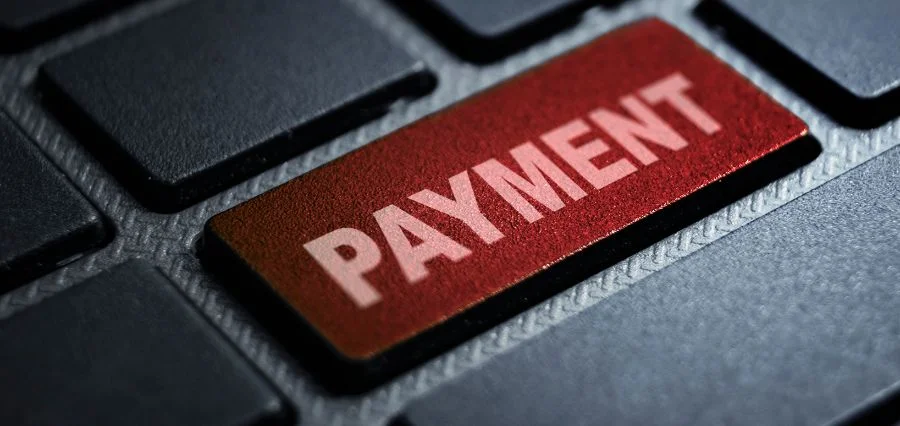How Digital Payment is Transforming Finance in 2025

In today’s globalized economy, digital payment is no longer a vision of the future—it is the present. Fueled by smartphone penetration, fintech advancements, and widespread internet access, digital transactions are rapidly replacing cash and card systems around the world. As we navigate through 2025, this digital revolution continues to reshape financial behavior, disrupt traditional banking, and open doors to inclusive economic growth.
The journey from cash to digital began years ago, but recent global developments and the growing demand for contactless, efficient solutions have significantly accelerated adoption. From developed economies with advanced banking infrastructure to emerging markets leveraging mobile platforms, digital payments have become a lifeline, particularly for those previously excluded from formal financial systems.
Read More: https://insightsbusinessjournal.com/how-digital-payment-is-transforming-finance-in-2025/
The Evolution Since the First Digital Transaction
The first mobile digital payment in the early 2000s marked a milestone that sparked a wave of innovation. Technologies like QR codes, tap-and-pay, and mobile wallets have since transformed how we exchange value. Today, in 2025, Artificial Intelligence, blockchain, and biometric authentication are refining these systems, making them smarter and more secure. Digital payments have expanded far beyond e-commerce. They are now integral to sectors such as transportation, healthcare, education, retail, and even informal vendors. Platforms like India’s UPI, China’s Alipay and WeChat Pay, and the global footprint of PayPal illustrate how region-specific models have scaled to global relevance.
Policy Push and Trust Infrastructure
Government support has played a key role in driving digital adoption. Initiatives promoting financial inclusion, fintech innovation, and digital economies have created an ecosystem where digital payments thrive. Countries have implemented digital wallet systems, open banking regulations, and favorable compliance frameworks that balance convenience with security. Security, in fact, remains paramount. With growing cyber threats, robust measures like end-to-end encryption, two-factor authentication, and strict data privacy norms have become standard, building trust in digital infrastructure.
AI-Powered Finance in 2025
Artificial Intelligence has transformed digital payment platforms into intelligent financial companions. Smart assistants analyze user spending patterns, flag fraud risks, suggest financial decisions, and help users budget—all in real time. These platforms now act as all-in-one finance managers, offering a blend of payments, savings, investment, and credit insights. For businesses, especially SMEs, digital payment systems deliver unprecedented operational efficiency. From real-time analytics to seamless tax filing and credit access based on transaction history, these tools empower businesses to grow quickly and securely.
Bridging Gaps and Driving Inclusion
Despite immense progress, digital disparities persist. In areas with low internet connectivity or digital literacy, access remains limited. However, affordable data plans, budget smartphones, and growing fintech education programs are narrowing the gap. Initiatives that promote digital onboarding and financial literacy are helping bring underserved populations into the digital economy. Countries like Sweden are nearing complete cashless status, while others are not far behind. Contactless transport, smart city integrations, and digital tipping are becoming everyday realities. The benefits extend beyond ease—digital payment fosters transparency, improves fund tracking in public systems, and supports secure charitable giving through blockchain networks.
Looking Ahead: A Future Built on Digital Currency
The next chapter in this evolution involves Central Bank Digital Currencies (CBDCs). Governments are actively piloting regulated digital money, aiming to merge traditional banking with the agility of fintech. This shift represents a collaborative financial model, blending the strengths of regulators, tech innovators, and legacy banks.
Conclusion
From its first transaction to its current omnipresence, digital payment has become a core part of modern life. In 2025, it’s no longer a convenience—it’s a necessity. As the global workforce grows increasingly digital, the need for fast, secure, and inclusive payment systems becomes more vital. Trust, speed, transparency, and accessibility remain the pillars of this revolution, ensuring that digital payment continues to drive global progress.
- Art
- Causes
- Crafts
- Dance
- Drinks
- Film
- Fitness
- Food
- Jogos
- Gardening
- Health
- Início
- Literature
- Music
- Networking
- Outro
- Party
- Religion
- Shopping
- Sports
- Theater
- Wellness


